Fido Wearables Are Going Off the Chain
LifestyleNewsTech February 12, 2025 Damon Mitchell

When we first started covering wearable for pets we predicted this would happen. Fast forward a few months; things are getting a little out of control but in a good way.

(Source: giphy.com)
Well, mostly a good way.
Today’s market for pet wearables is saturated and growing. Humans in the USA will spend over $62-billion on their pets in 2016. That’s an increase from the $60-bill they spent the year before.
It’s safe to say that pet-based wearables stand a chance of catching on. If you’re an investor looking for the wearables investment opportunity of a lifetime, these companies may welcome your patronage.
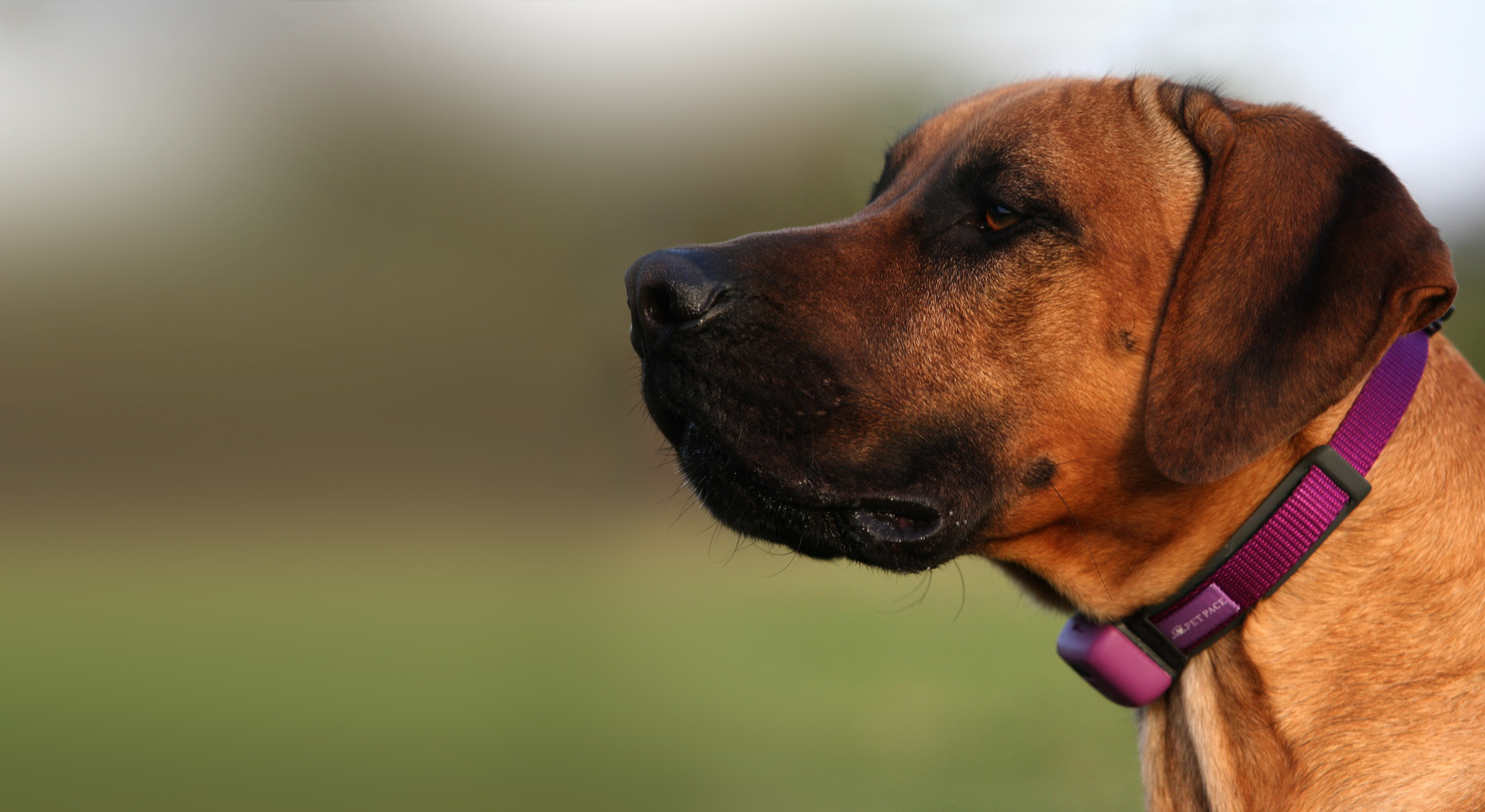
(Source: makoinvent.com)
Monitor your pet’s health with a color and your smartphone.
PetPace monitors your pet’s temperature, pulse, respiration, activity levels, calories, and heart rate. It will track when and how often your furry one sits, stand or lies down.
It’ll even send alerts to your vet because that’s exactly what every vet wants; alerts from the collar of their client’s pets.
The collar of PetPace is a silicone-nylon strap combo, with a small box where PetPace houses the brain for the device. It’s not the sexiest collar on the block, reminiscent of the wearable styling we find on human fitness trackers.
The target audience for PetPace is owners with older or special needs dogs or cats.
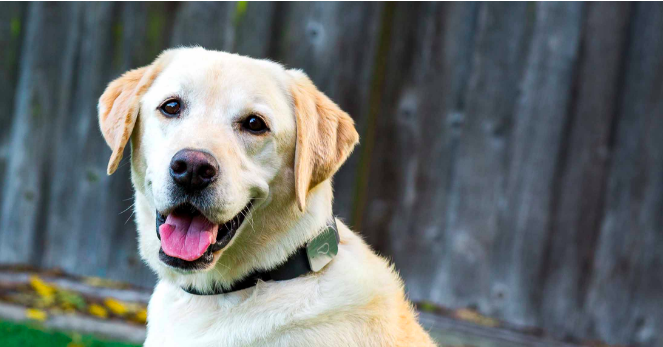
(Source: whistle.com)
In the same way, PetPace is familiar to the wearables space, Whistle looks like a large version the trackers that humans wear. It’s silicone and brushed metal.
The GPS is so good on Whistle, you may find it tempting to strap this device to your children. (Avoid. I think people frown on putting collars on kids.)
The coverage for this device is nationwide. You can even set local perimeters and include other caregivers in the notifications. The data sends to your Android device or iPhone.
Whistle is waterproof, good in water and dry, so no matter where old yeller runs to, you can find him.
In addition to geolocation, Whistle tracks your dog’s long-term health trends.
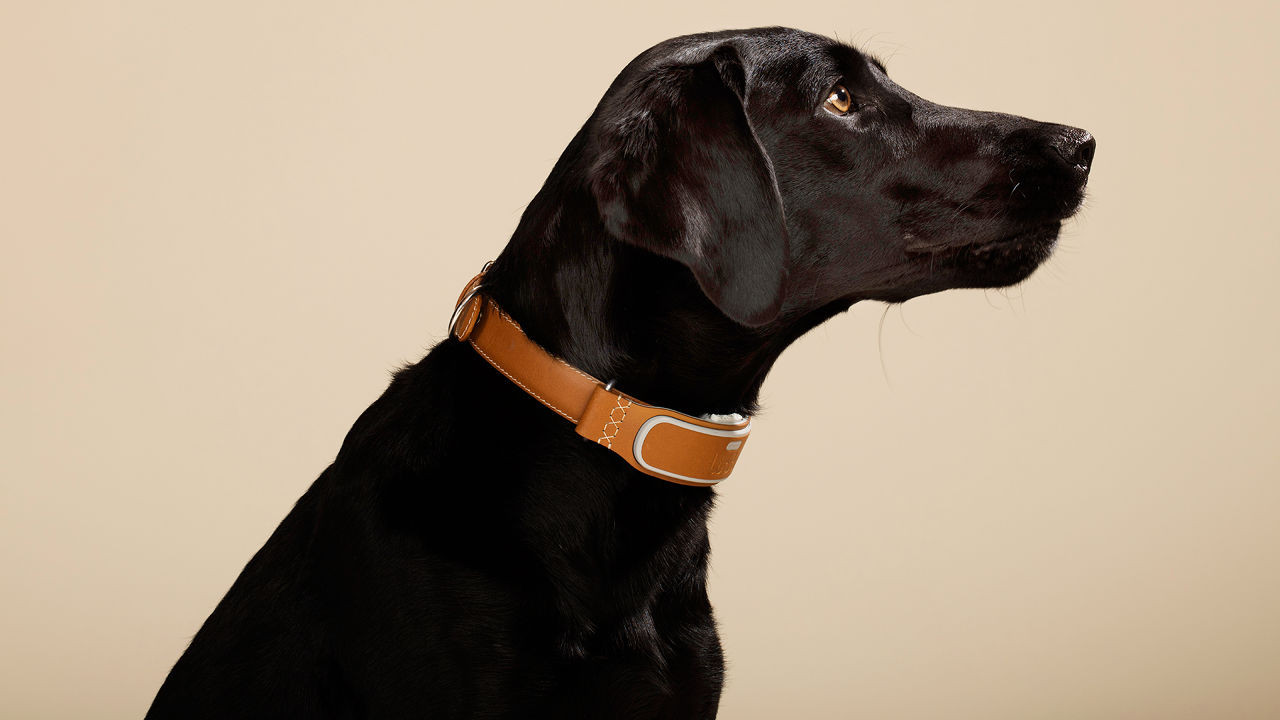
(Source: dog-milk.com)
Find your dog in style. We like the Link device because it looks like a collar. It’s beautiful tan leather.
Similar to Whistle, it will take a dip without freaking out [read: waterproof].
It tracks your pup via GPS but also gives you updates on his activity. Link keeps a digital record of vet visits too, so you don’t have to track down paperwork every time you make a visit.
The collar includes a couple of goodies, a light for dark nighttime walks, and a tiny speaker.
Your pup doesn’t need the light to see, but it will make it easier to keep an eye on him. The speaker allows you to speak to him from a distance.
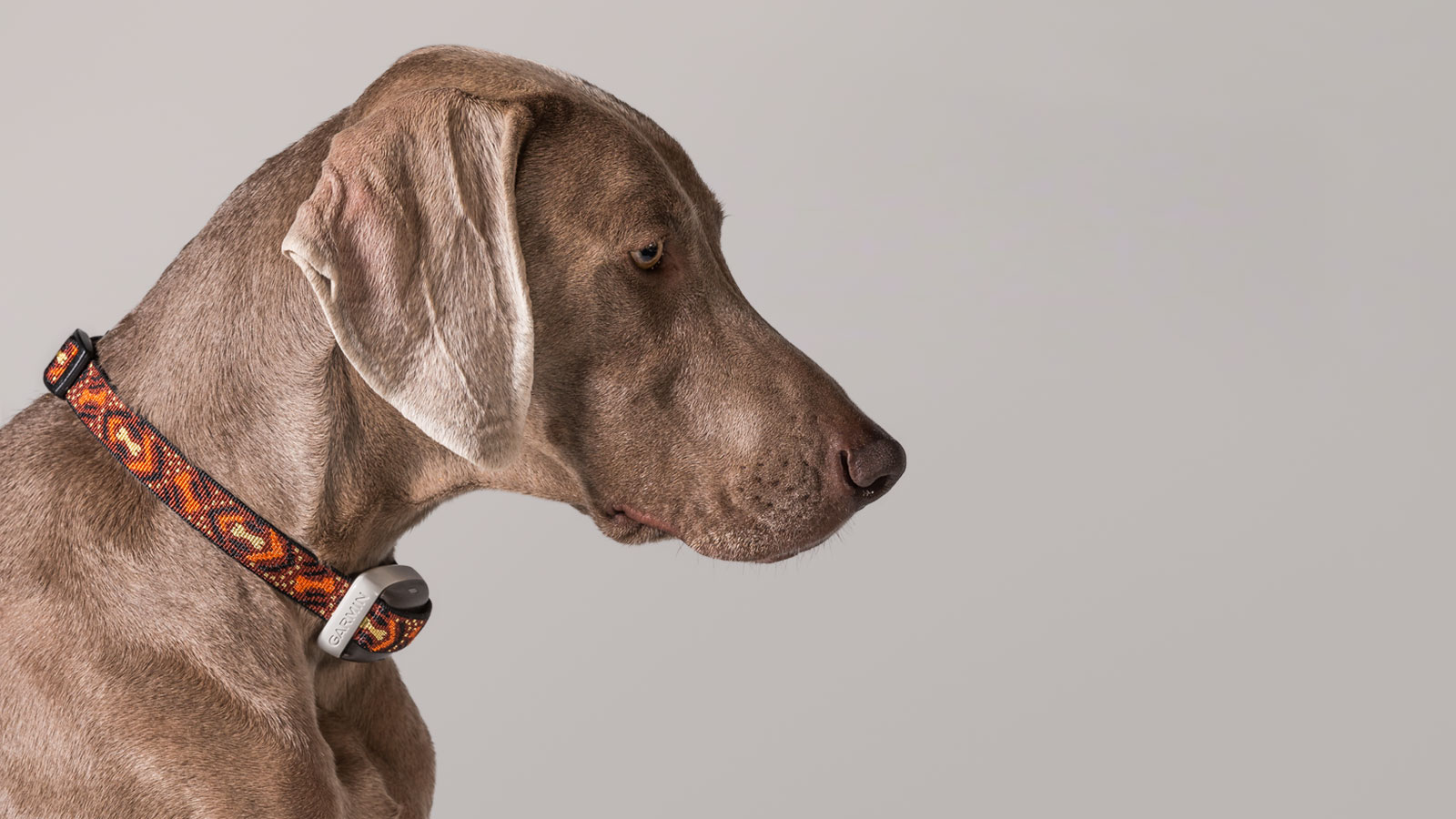
(Source: garmin.com)
The Delta device is less about finding your pup, and more about managing where he goes. You can keep your dog inside an invisible fence, but also away from other things without using a shock collar.
This extends your sphere of influence on him to times when you aren’t ever there. You can, for example, place a tag near the garbage so Fido learns to stay away.
The device sends a combination of vibrations, tones, and other stimuli to control your buddy. You set the levels and parameters for these stimuli.
He can even jump in the pool. This device is waterproof too.
Just don’t plan to find him if he runs away. The Delta Smart is not a geolocation device. Ironic, since it’s from Garmin, the GPS people.
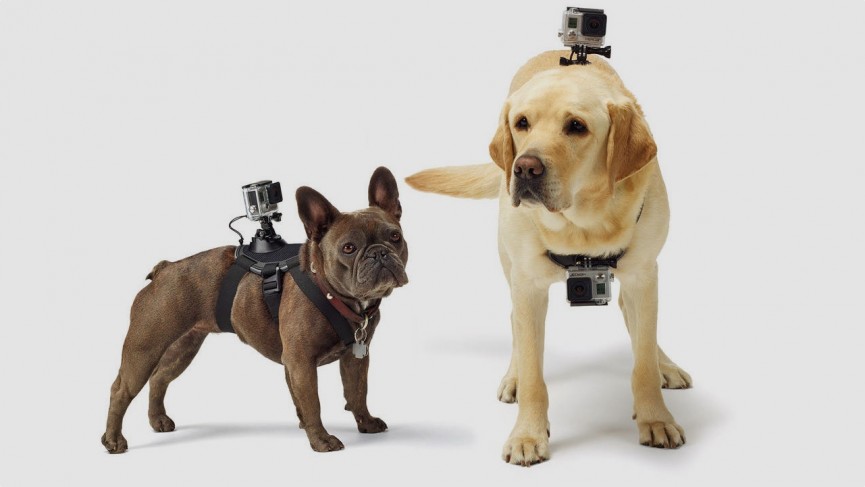
(Source: wareable.com)
We’ll keep you up to date on all the latest wearables for pets, so we can crush the $62-billion goal for this year. It’s all in the name of love, right?
Kidding aside, if you’ve ever lost a pet or nursed a pet who’s sick, you will relate to these devices. Our pets can’t tell us how they feel or call when they get lost. They need our help.
Wearables save the day, again.